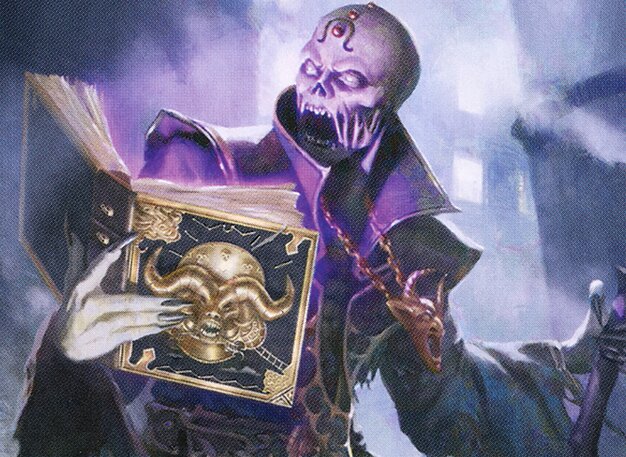Deck & Commander Strategies
Book of Vile Darkness
Assemble three artifact pieces to transform into Vecna, generating an 8/8 indestructible creature and producing 2/2 zombie tokens by losing life each turn, aiming for a mono-black combo-centric control and zombie token deck.

Rammas Echor, Ancient Shield
Cast spells to draw cards and create tokens, developing a board presence through incremental advantage and token generation to pressure opponents.
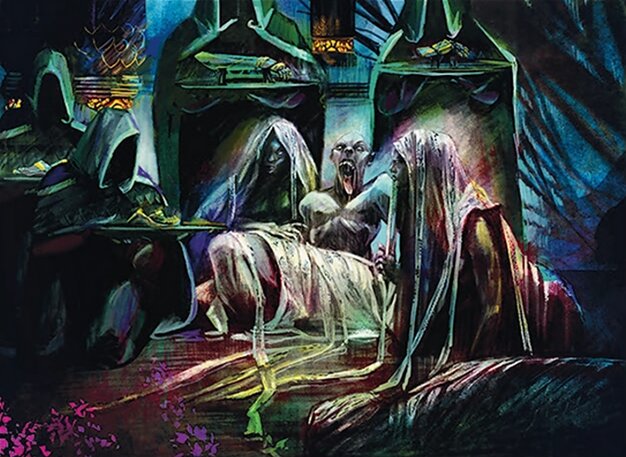
The Sibsig Ceremony
Discount creature spells by two mana but destroy them upon entering the battlefield, enabling an aristocrats-style deck that benefits from creatures dying by creating 2/2 black zombie druid tokens.
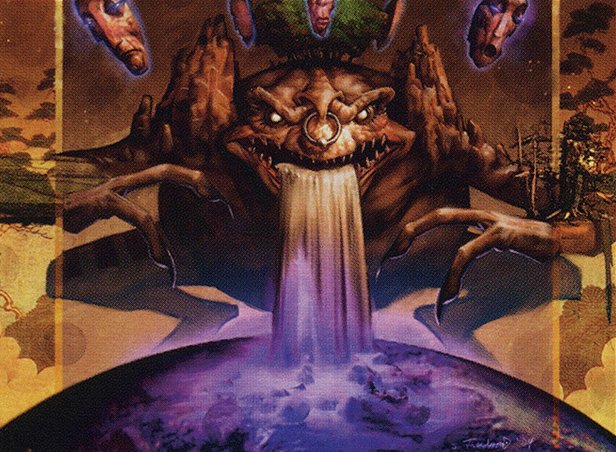
Genju of the Realm
Turn lands into creatures and attack with them, leveraging creature lands for aggressive board presence though challenged by mana color constraints.
Gameplay Insights
- 1
Using The Sibsig Ceremony to discount creature spells while triggering destruction on entry synergizes well with aristocrats decks that want creatures to die for value.
- 2
Book of Vile Darkness benefits from life loss each turn to generate zombies, rewarding aggressive life payment and incremental board presence.
- 3
Genju of the Realm’s strategy of animating lands is clunky due to mana color requirements and vulnerability to land destruction effects like Ghost Quarter or Demolition Field.
- 4
Waring Triad interacts interestingly with The Sibsig Ceremony since it is not a creature if there are fewer than eight cards in graveyard, allowing it to avoid destruction triggers despite being discounted.
- 5
Mana rocks like Crowded Crypt provide both mana acceleration and incremental zombie token generation by accumulating counters when creatures die, complementing zombie tribal synergies.
- 6
Players needed to carefully manage tapped lands and color fixing due to heavy reliance on multi-color or specific land types, impacting tempo and ability to execute plans smoothly.
Notable Cards
-

The Sibsig Ceremony
-

Genju of the Realm
-
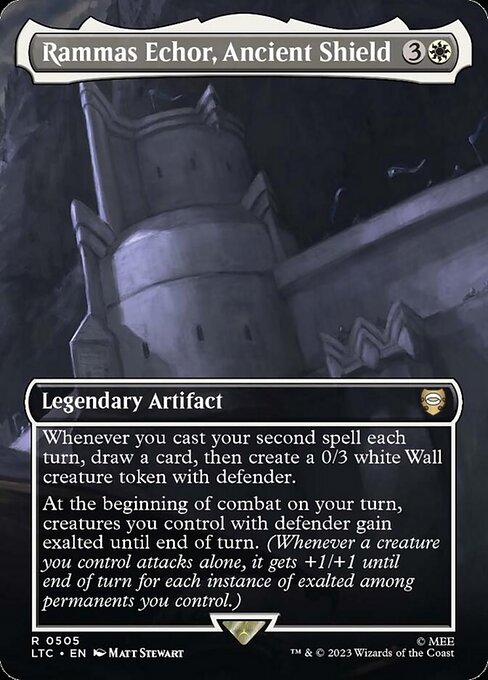
Rammas Echor, Ancient Shield
-
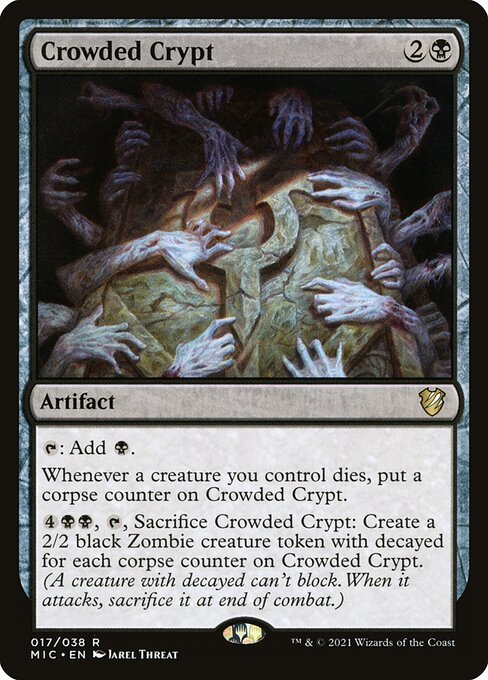
Crowded Crypt
-
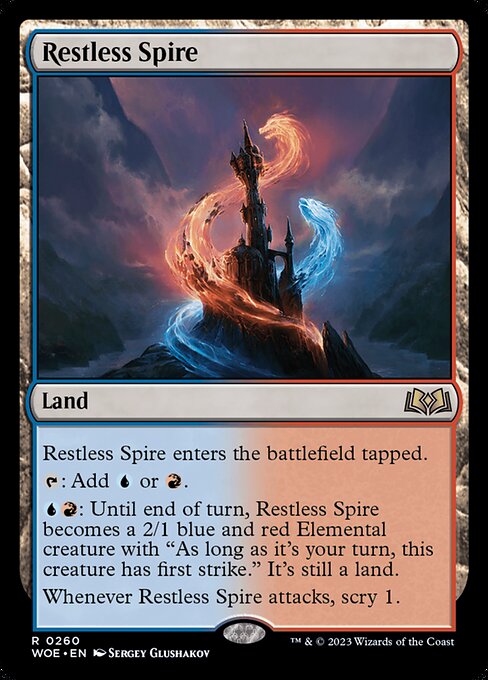
Restless Spire
-
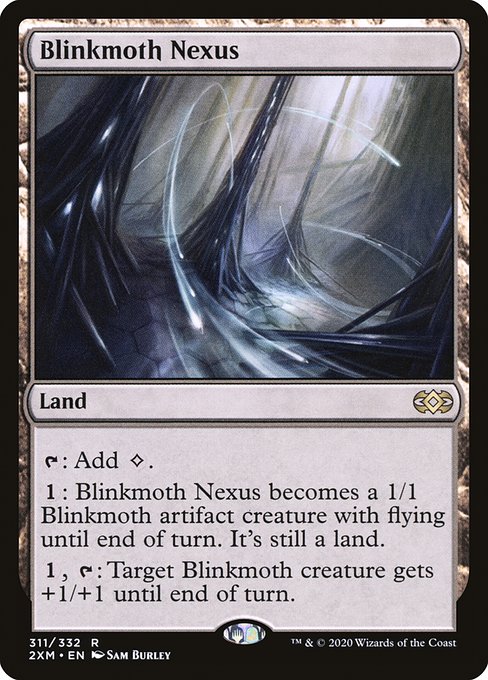
Blinkmoth Nexus
-
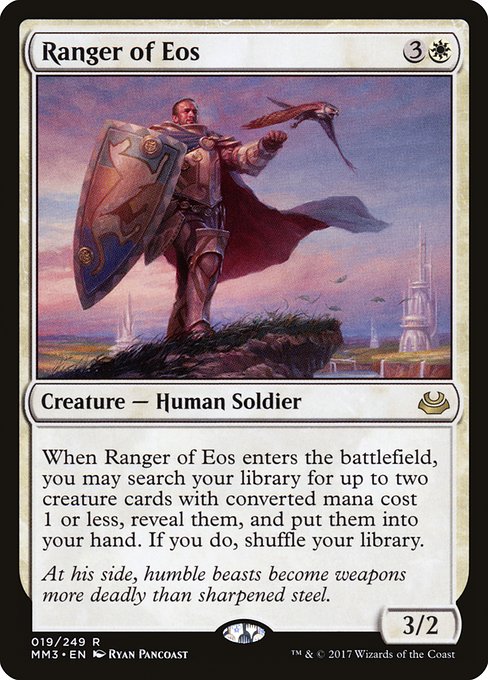
Ranger of Eos
Gameplay Summary
The game featured a unique format where all players used illegal commanders, specifically non-creature legendary cards.
The players piloted diverse strategies that leaned heavily on synergies around their commanders' unusual abilities.
Seth played Book of Vile Darkness, aiming to assemble three specific pieces to transform into Vecna and generate a powerful board presence with zombie tokens.
Phil’s deck, led by Rammas Echor, focused on casting spells, drawing cards, and creating tokens to build a wide board.
Tor ran Genju of the Realm, turning lands into creatures to attack, while Crim piloted The Sibsig Ceremony, which discounted creature spells but destroyed creatures upon entering, enabling an aristocrats-style sacrifice strategy that churned out zombie druid tokens. Early turns saw incremental development with token generation and mana ramp, while players jockeyed for board presence.
Notable plays included Seth’s Book of Vile Darkness producing zombies by losing life and attempting to gather Vecna components.
Crim’s use of The Sibsig Ceremony enabled him to cast creatures cheaply and generate value through sacrifice, avoiding board wipe vulnerability.
Tor’s Genju deck was slow but aimed to convert lands into attackers, though mana color issues hindered smooth execution.
Phil’s aggressive token creation applied pressure, and the interaction of various artifact lands and mana rocks added complexity to resource management.
The game showcased creative deckbuilding and strategic adaptation to the unusual illegal commander rules, with key turning points revolving around assembling combos, building token armies, and leveraging unique card interactions to gain incremental advantages.


